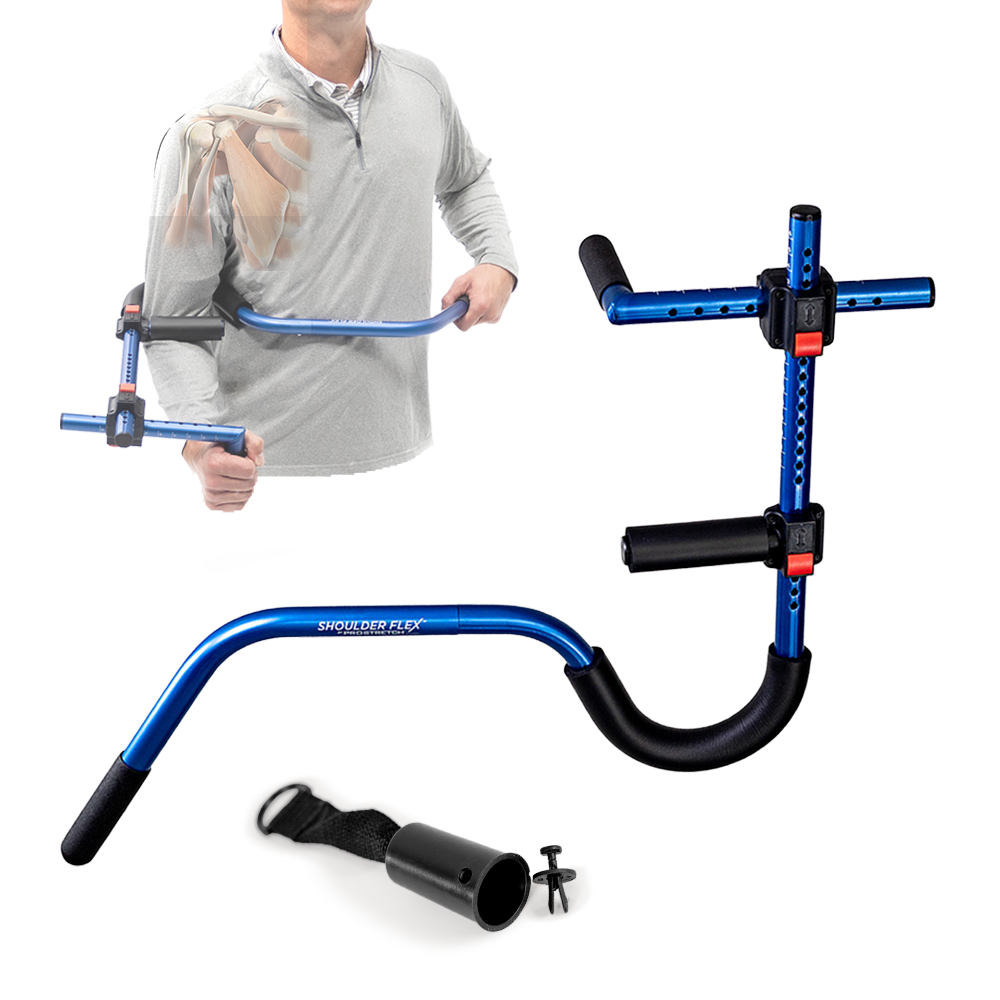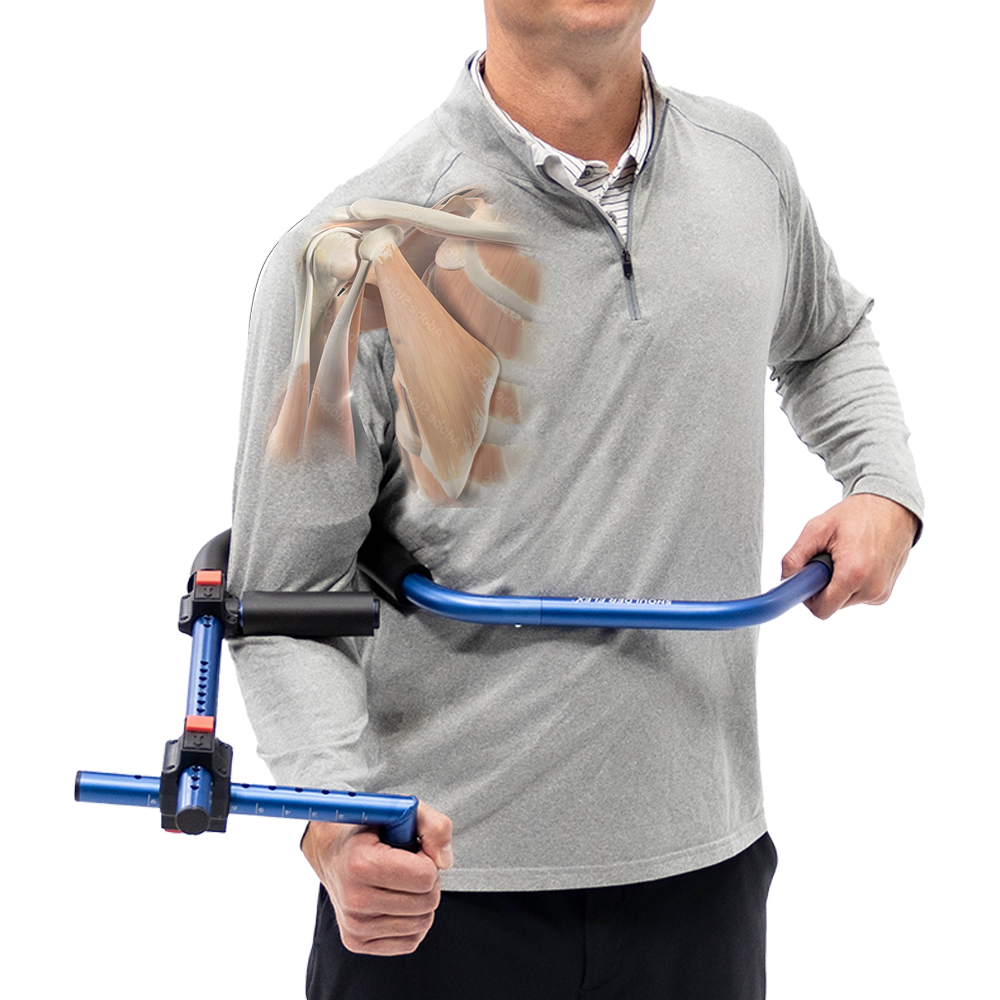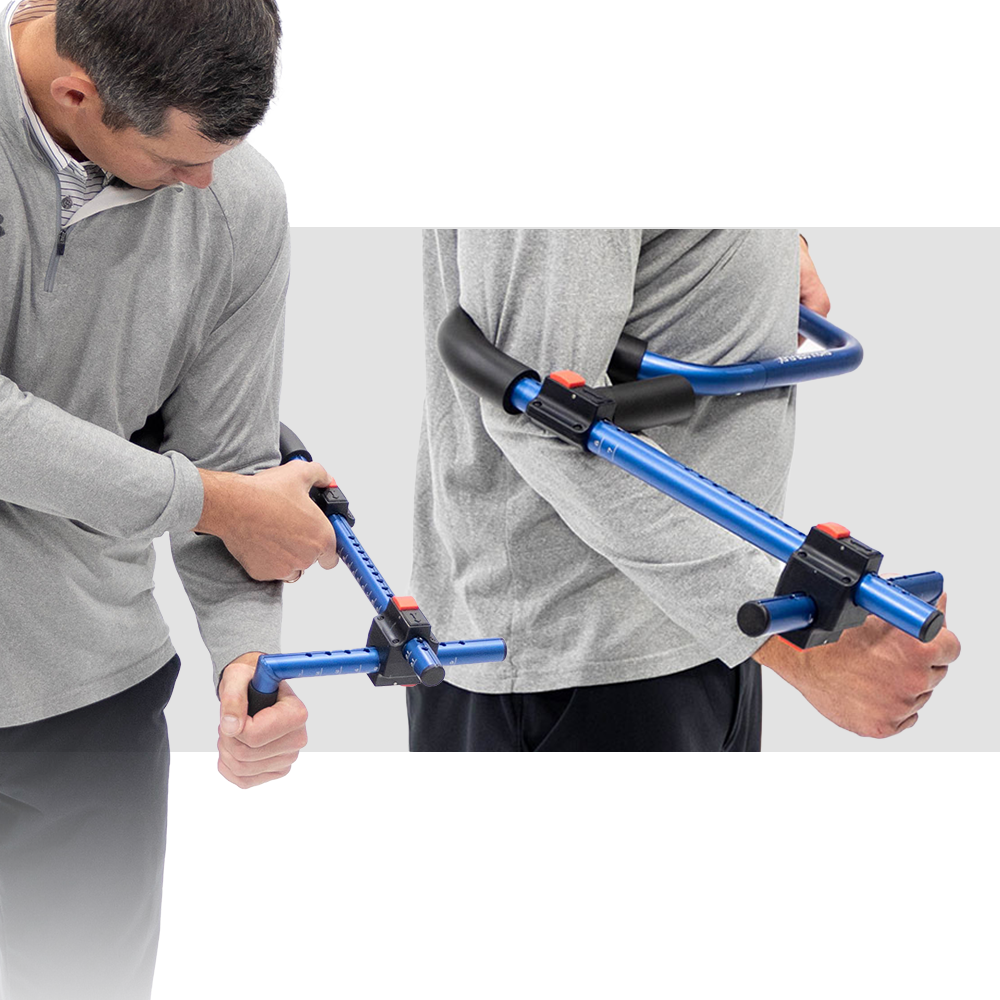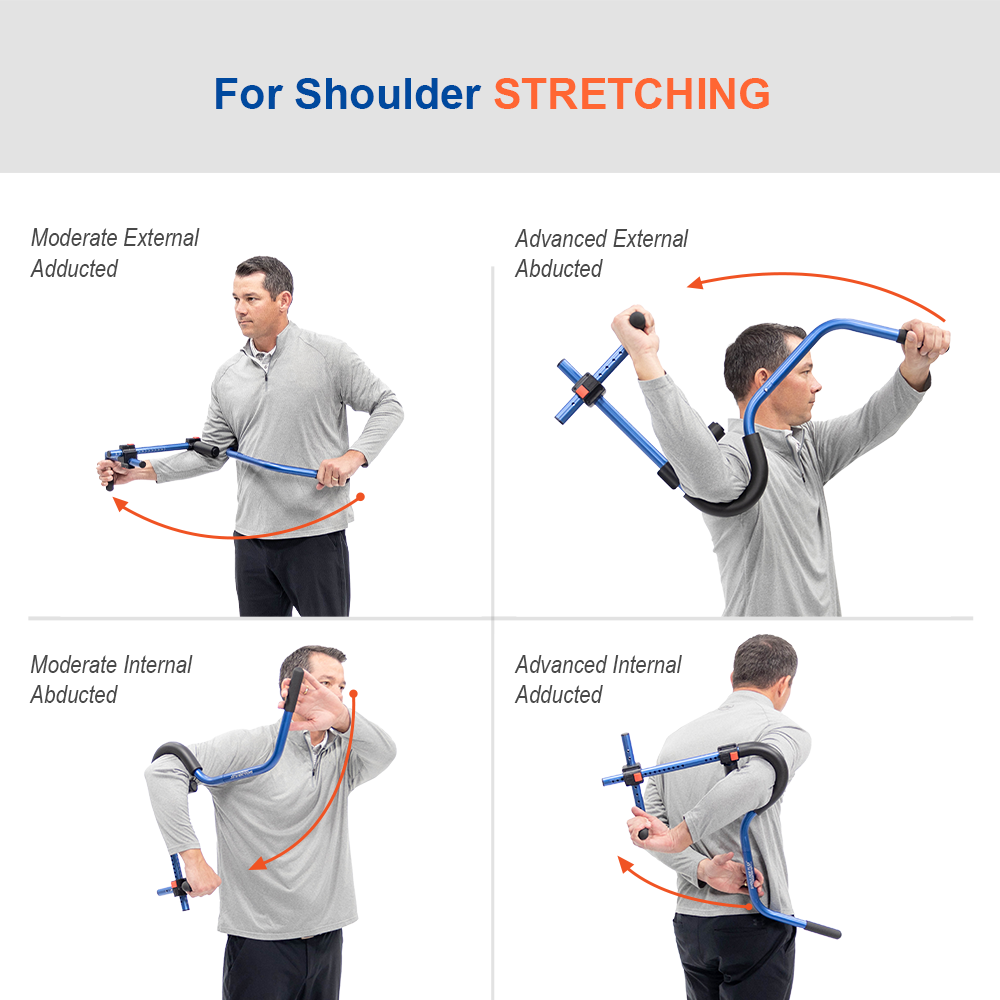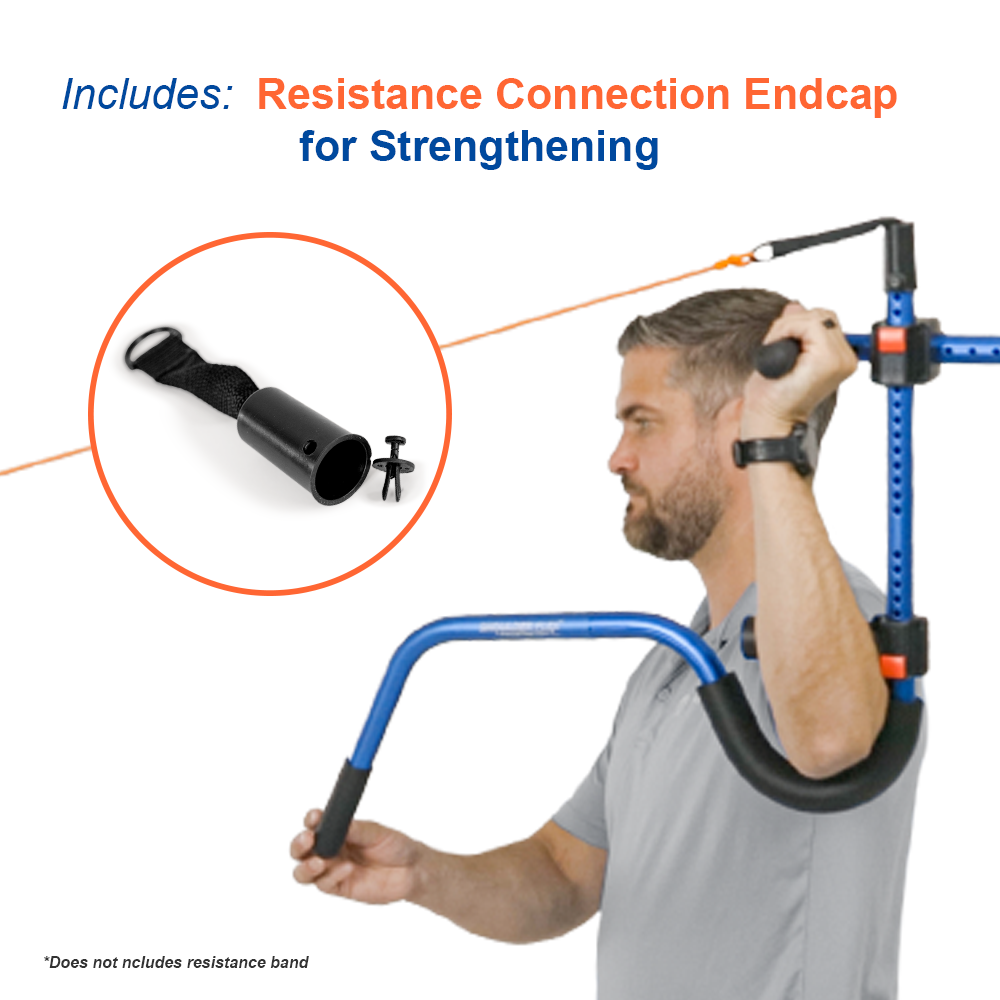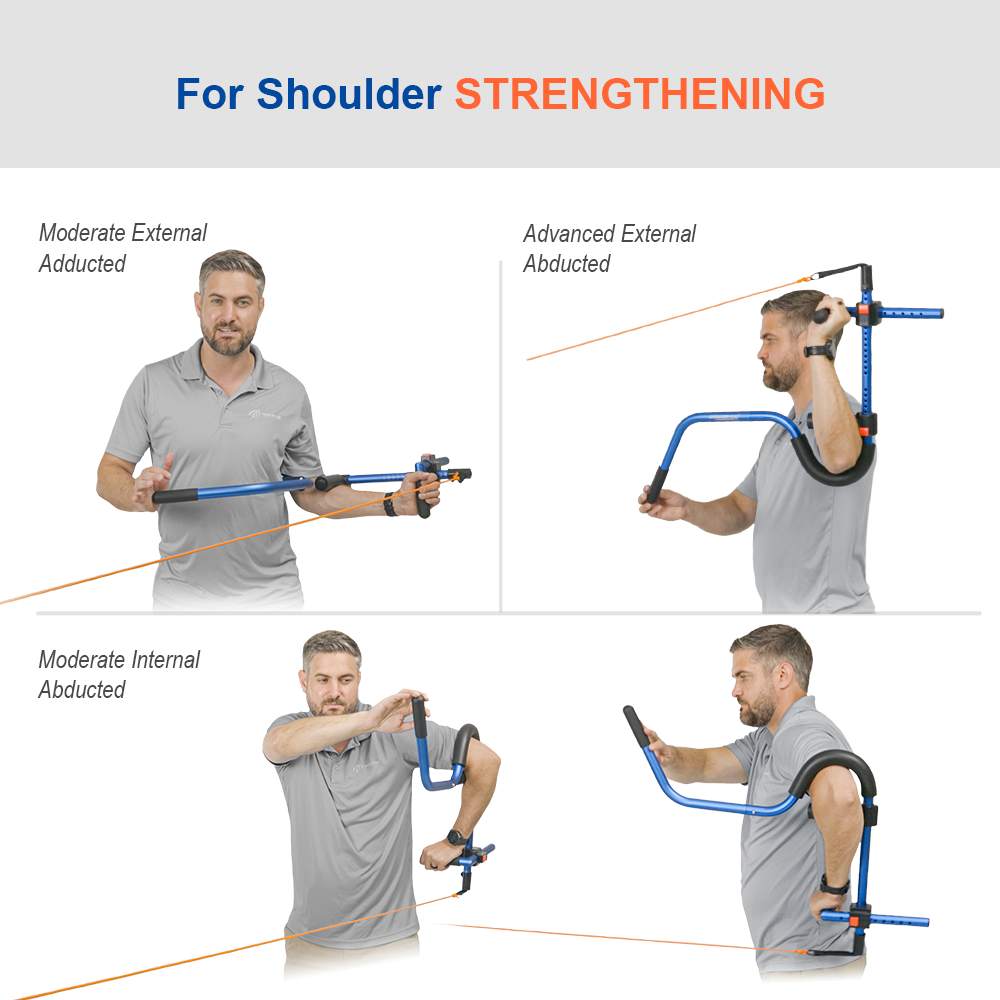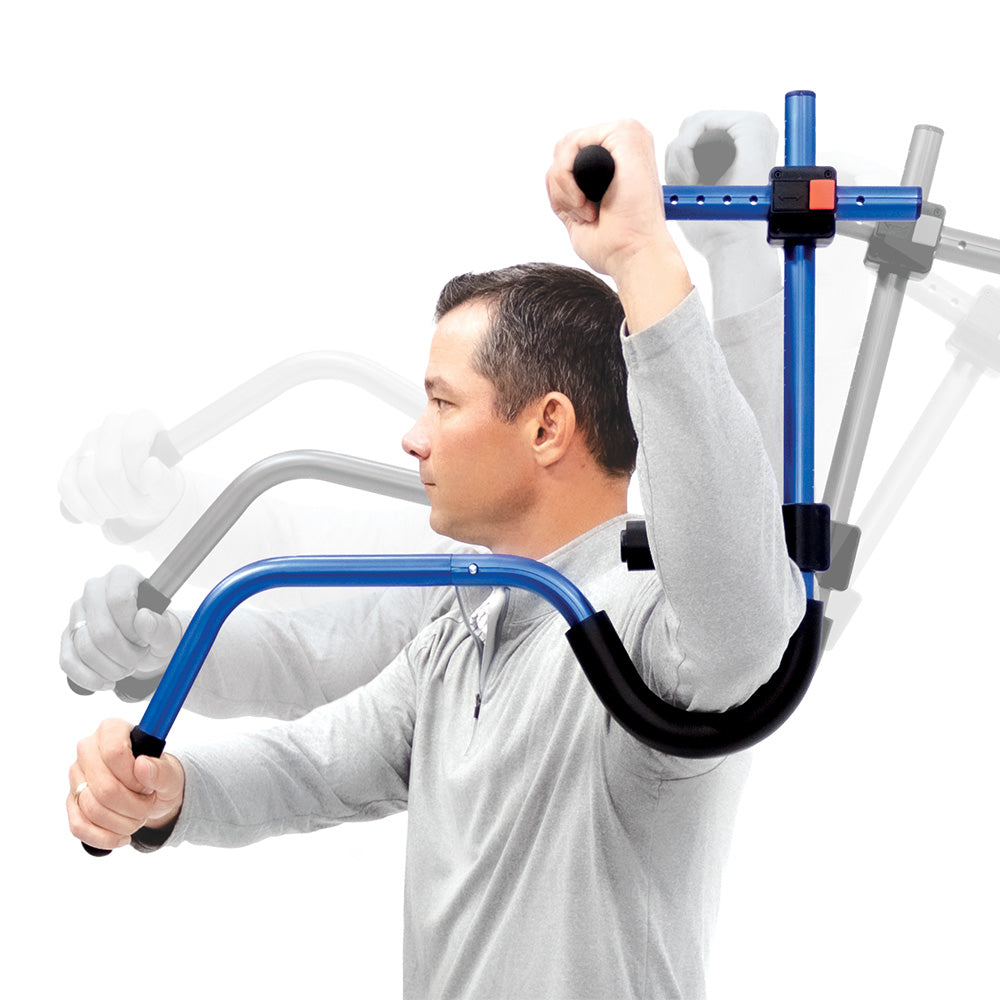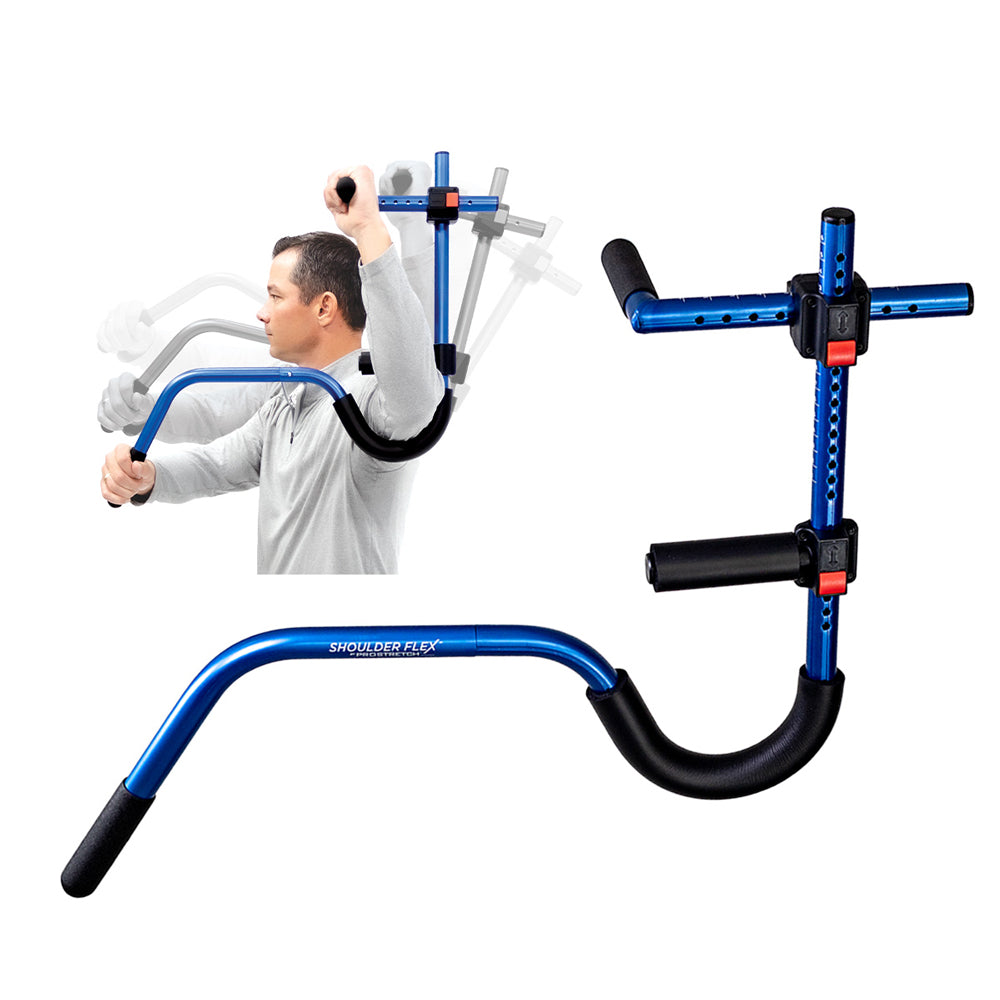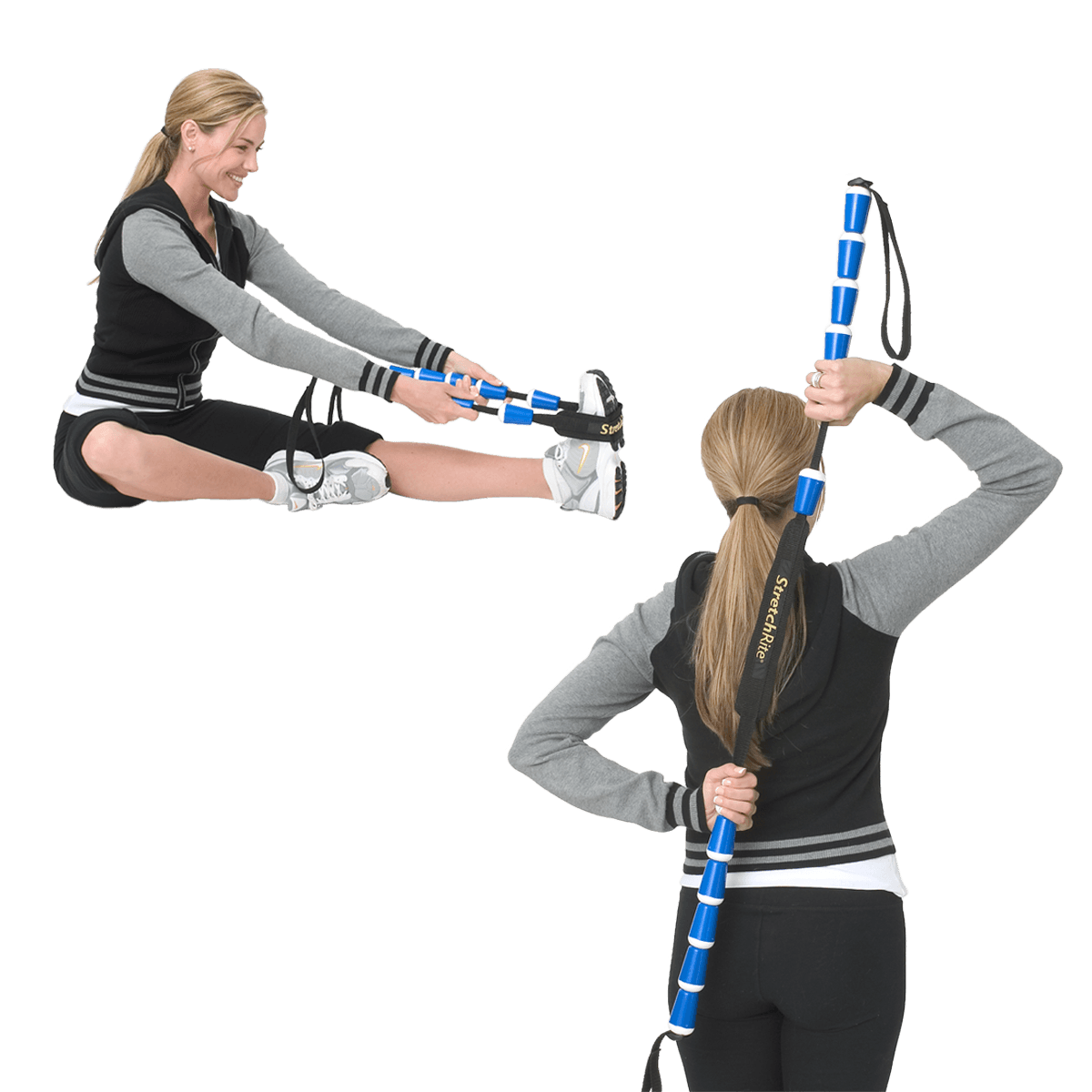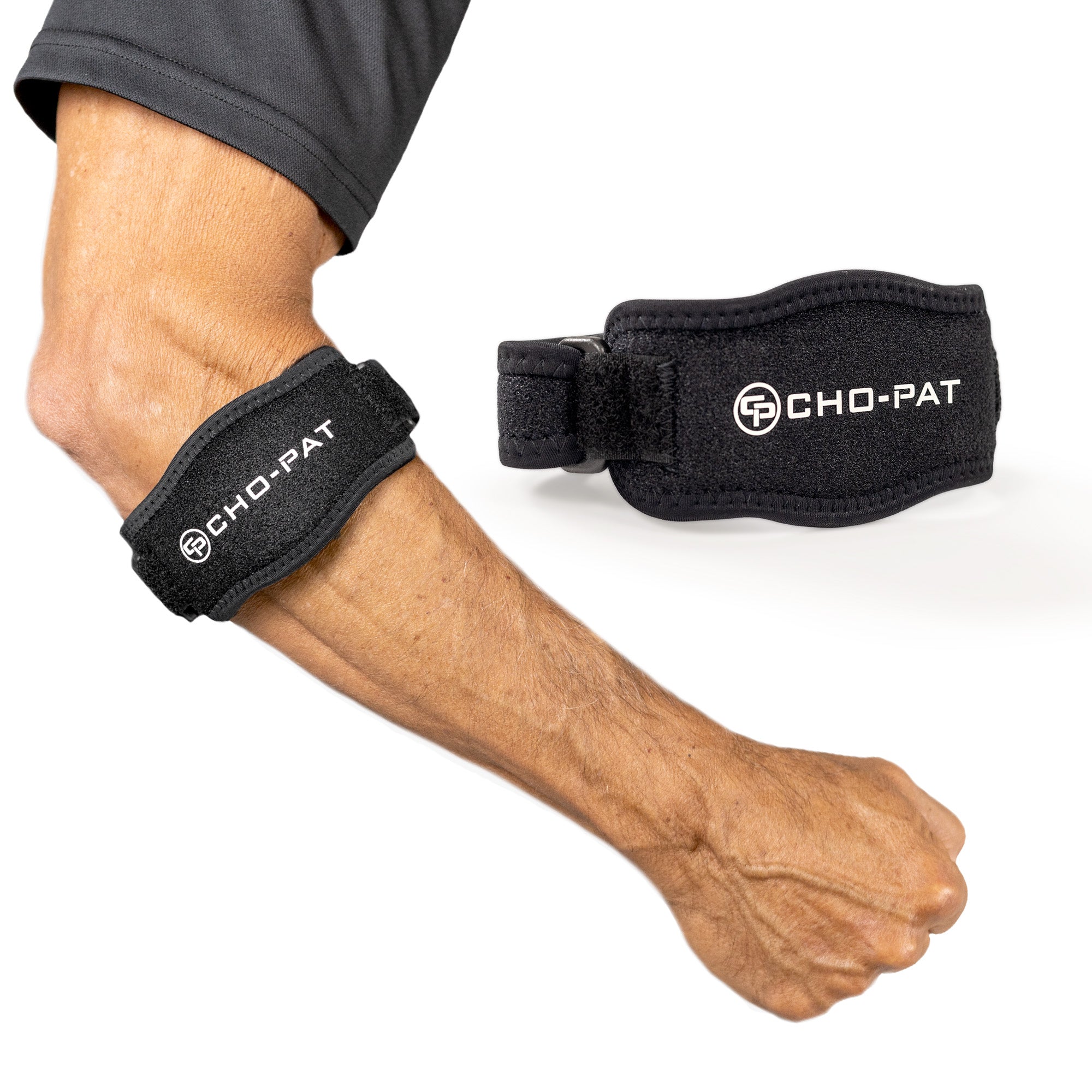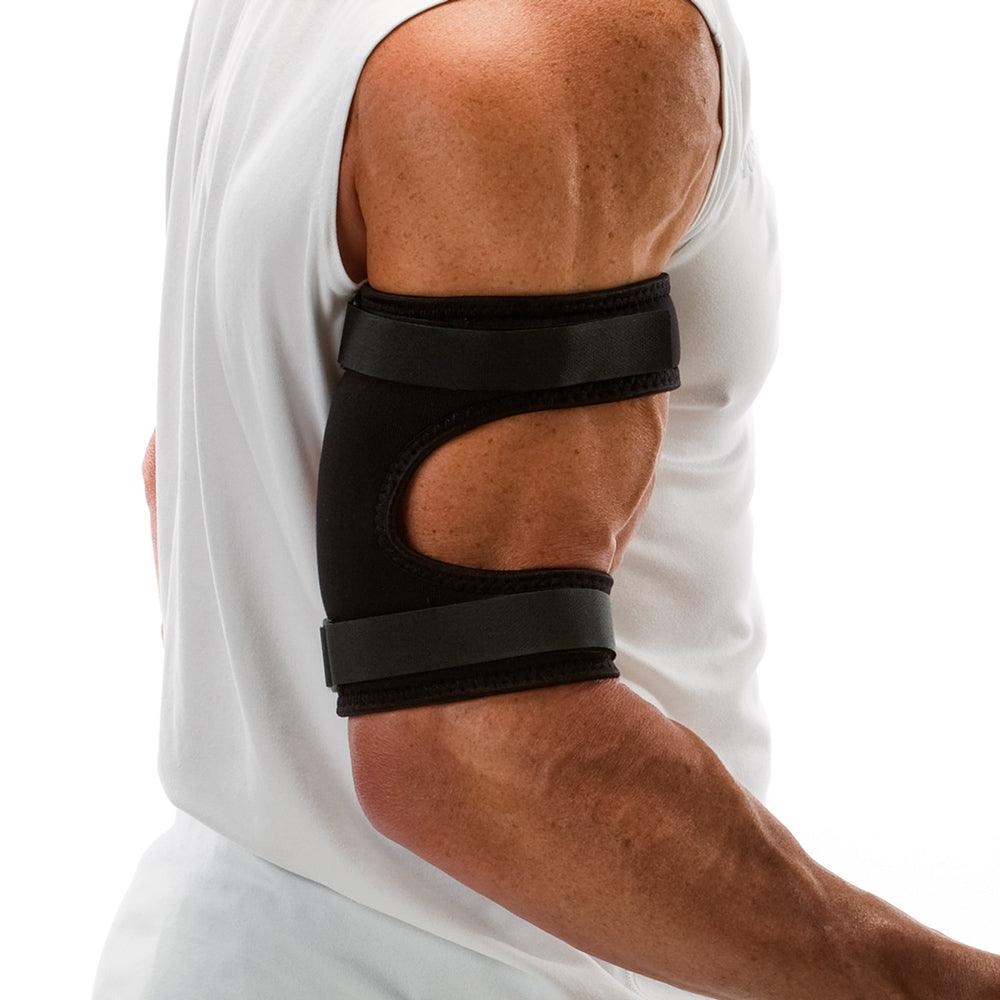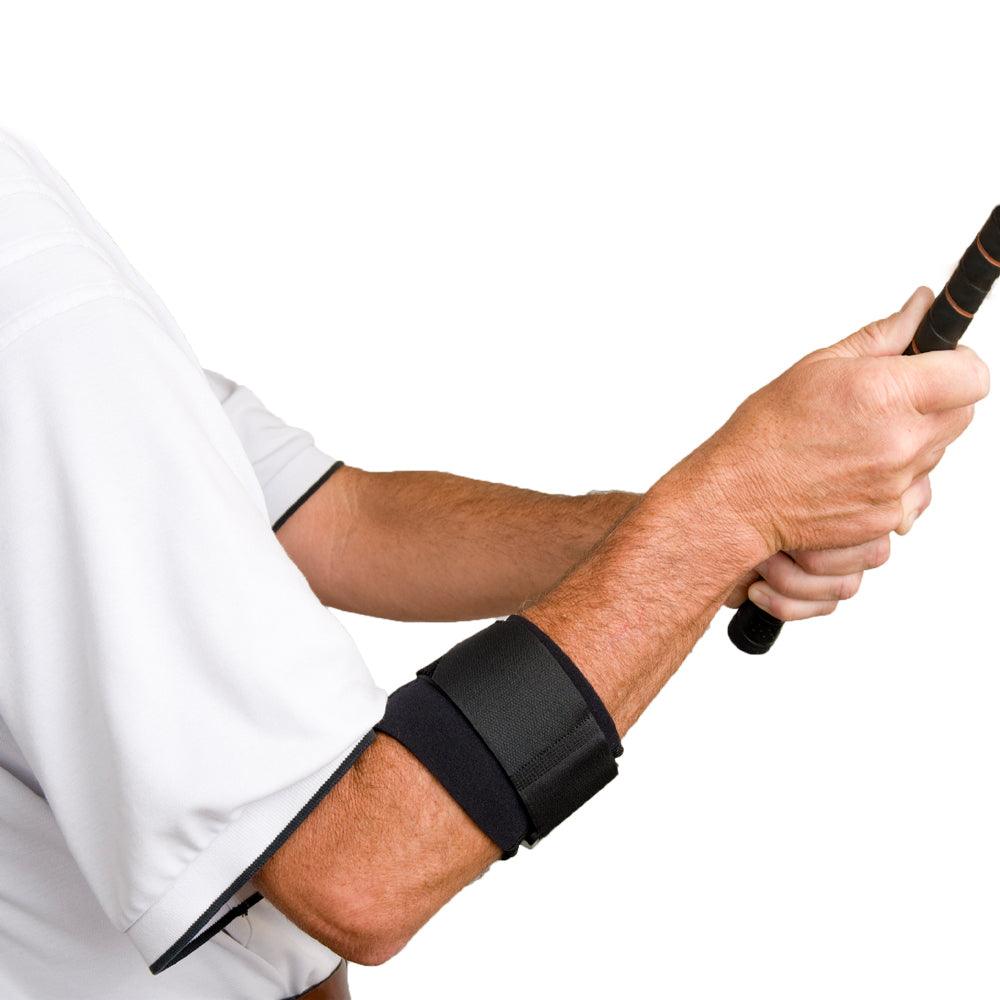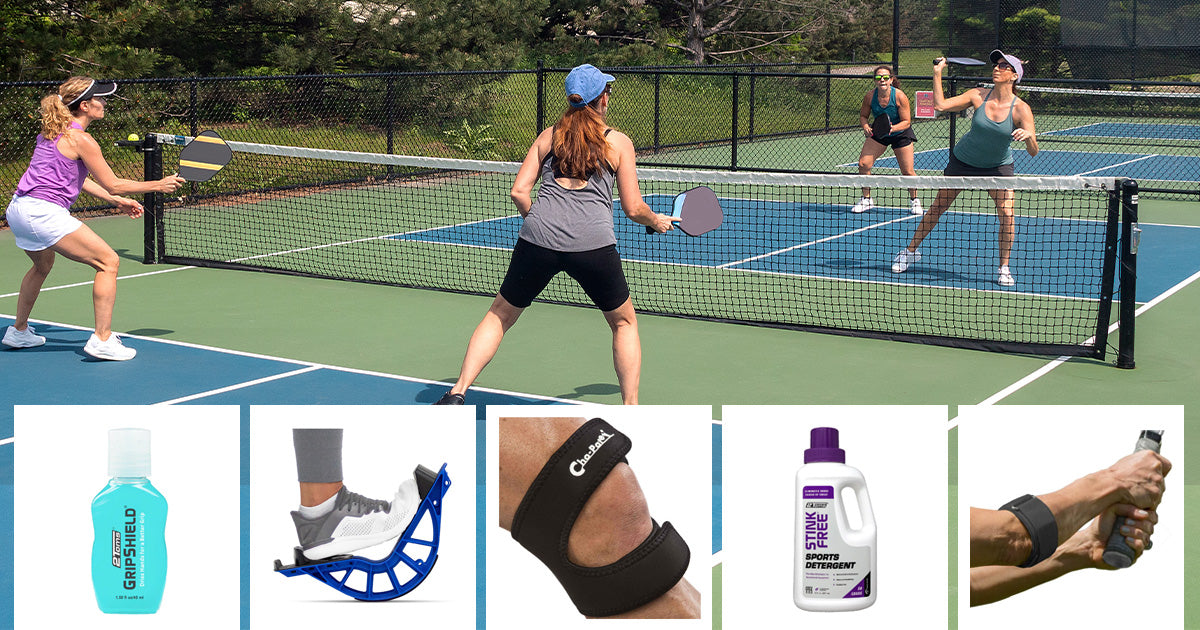As a physical therapist, you hold a pivotal role in guiding patients towards overcoming rotator cuff pain and post-surgery recovery. Stretching exercises are an essential component of the treatment and rehabilitation process.
In this article we will explore how stretching can help with rotator cuff pain, provide you with five effective stretching exercises for the rotator cuff, and present an additional set of exercises specifically designed for post-surgery rehabilitation. Furthermore, we will shine a spotlight on the advantages of incorporating the ProStretch Shoulder Flex into your rotator cuff stretching regimen.
Let's dive right in!
- How Stretching Can Help with Rotator Cuff Pain
- Five Stretching Exercises for the Rotator Cuff
- Five Stretching Exercises for Rotator Cuff Rehabilitation after Surgery
- The Benefits of Using the ProStretch Shoulder Flex for Rotator Cuff Stretching
- Is it Good to Stretch a Rotator Cuff Injury?
- How to Stretch a Tight Rotator Cuff
- How to Loosen a Rotator Cuff
- Possible Warning Signs of a Rotator Cuff Tear
How Stretching Can Help with Rotator Cuff Pain
Stretching exercises are instrumental in managing and reducing rotator cuff pain. Regular stretching helps improve flexibility, joint range of motion, and blood circulation to the affected area. It can also alleviate muscle imbalances, enhance stability, and reduce the risk of further shoulder injury.
Five Stretching Exercises for the Rotator Cuff
1. Cross-Body Arm Stretch
- Stand or sit up straight.
- Extend your affected arm across your body.
- Use your other arm to pull the affected arm closer to your chest gently.
- Maintain the stretch for a duration of 20-30 seconds, then gradually release.
- Repeat on the other side.
2. Sleeper Stretch
- Lie on your unaffected side.
- Position your impacted arm in front of your body, ensuring the elbow is flexed at a 90-degree angle.
- Use your other hand to apply gentle pressure, pushing your affected arm downward.
- Maintain the stretch for a duration of 20-30 seconds, then gradually release.
- Repeat on the other side.
3. Standing Wall Crawl:
- Stand facing a wall with your affected arm at shoulder height.
- Position your fingertips against the wall and gradually walk your fingers up the wall, as high as comfortable.
- Maintain the stretch for a duration of 20-30 seconds, then gradually return to the starting position.
- Repeat for several repetitions.
4. External Rotation Stretch
- Position yourself in a standing or sitting posture with your spine erect and your impacted arm resting beside you.
- Bend elbow at a 90-degree angle and tuck it into your side.
- Rotate forearm outward, away from your body, while keeping your elbow tucked in.
- Maintain the stretch for a duration of 20-30 seconds, then gradually release.
- Repeat on the other side.
5. Towel Stretch
- Hold a towel with both hands behind your back.
- Gently lift the towel upward with your unaffected arm while simultaneously pulling downward with your affected arm.
- Maintain the stretch for a duration of 20-30 seconds, then gradually release.
- Repeat for several repetitions.
Five Stretching Exercises for Rotator Cuff Rehabilitation after Surgery
It's important to note that these exercises are intended for patients who have undergone rotator cuff surgery and are in the rehabilitation phase. Always consult with the patient's surgeon or healthcare provider before initiating post-surgery exercises. Here are five recommended stretches:
1. Pendulum Stretch
- Bend forward from the waist, supporting your weight with your unaffected arm on a table or chair.
- Let your affected arm hang freely.
- Swing your arm gently in small circles, both clockwise and counterclockwise.
- Perform 10-15 circles in each direction, then relax.
2. Passive Internal Rotation
- Lie on your back with your arms extended to the sides.
- Use a wand, stick, or towel roll to assist your affected arm in gently moving inward across your body.
- Maintain the stretch for a duration of 20-30 seconds, then gradually release.
- Repeat for several repetitions.
3. Scapular Squeeze
- Stand or sit with your back straight and your arms at your sides.
- Contract your shoulder blades together, envisioning the action as if you are securing a pencil between them.
- Hold the squeeze for 5-10 seconds, then relax.
- Repeat for several repetitions.
4. Active Assisted Range of Motion
- Stand or sit with your back straight and your arms relaxed.
- Use your unaffected arm to assist your affected arm through a pain-free range of motion.
- Perform controlled movements such as forward flexion, abduction, and external rotation.
- Repeat for several repetitions.
5. Isometric Rotator Cuff Strengthening
- Stand or sit with your back straight and your arms at your sides.
- Imagine trying to rotate your affected arm outward against resistance, but without actually moving it.
- Hold the contraction for 5-10 seconds, then relax.
- Repeat for several repetitions.
The Benefits of Using the ProStretch Shoulder Flex for Rotator Cuff Stretching
The ProStretch Shoulder Flex is a valuable tool for physical therapists when it comes to rotator cuff stretching. It offers targeted and controlled stretching of the shoulder joint, promoting increased flexibility and improved mobility. Its design ensures proper alignment and reduces the risk of straining other muscles. Incorporating the ProStretch Shoulder Flex into your treatment sessions can enhance patient outcomes and accelerate recovery.
Is it Good to Stretch a Rotator Cuff Injury?
Stretching a rotator cuff injury can be beneficial when performed correctly and under the guidance of a healthcare professional. However, it is crucial to assess the severity and stage of the injury before initiating any stretching program. Certain conditions may require a period of rest and gentle mobilization before progressing to more intensive stretching exercises.
How to Stretch a Tight Rotator Cuff
To stretch a tight rotator cuff effectively, it is important to focus on gentle and controlled movements that target the specific muscles involved. The stretching exercises mentioned earlier in this blog post are designed to address tightness in the rotator cuff and surrounding musculature. Consistency, proper form, and gradual progression are key to safely and effectively stretching a tight rotator cuff.
How to Loosen a Rotator Cuff
In addition to stretching exercises, other strategies can help loosen a tight rotator cuff. These include heat therapy, massage, gentle mobilization techniques, and incorporating low-impact exercises that promote shoulder flexibility and range of motion. Working with a physical therapist can provide guidance on specific techniques to loosen a rotator cuff effectively.
Possible Warning Signs of a Rotator Cuff Tear
Recognizing the warning signs of a rotator cuff tear is essential for early diagnosis and appropriate treatment. Look out for the following symptoms:
- Intense shoulder pain, particularly when lifting or reaching.
- Diminished strength in the impacted arm along with challenges in executing everyday activities.
- Audible popping or clicking sounds during shoulder movement.
- Limited range of motion and stiffness.
- Gradual or sudden onset of symptoms following an injury or repetitive overhead movements.
Conclusion
Stretching exercises play a vital role in managing rotator cuff pain, promoting recovery, and enhancing rehabilitation after surgery. By incorporating the suggested stretching exercises into your treatment plans, you can help your patients experience relief, regain shoulder function, and improve their overall quality of life. Remember to tailor the exercises based on the individual's condition and progress gradually. By offering accurate guidance and maintaining a dedicated effort, you can profoundly impact the health and overall well-being of your patients' rotator cuffs.
PLEASE NOTE: The information on this website and article is for information only and should not be used as a substitute for consulting your doctor. Consult your doctor for proper diagnosis and rehabilitation.





